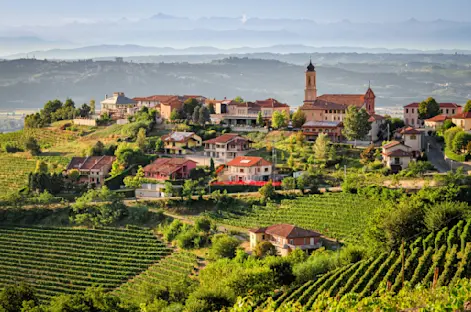Nat Hab conservation partner World Wildlife Fund recently released two reports on the state of Eastern monarch butterfly populations—and the findings are troubling.
The first report is based on an annual WWF-Mexico survey. It shows a 22% decline in the amount of forest area in which monarch butterflies hibernated during the 2022–2023 over-wintering season compared to the previous year.
The second report reveals a more than 200% year-over-year increase in forest degradation in the Monarch Butterfly Biosphere Reserve, from 47 acres degraded between March 2020 and April 2021 to 145 acres degraded during the same period from 2021 to 2022. These forests in Michoacán, Mexico, constitute vital habitats where monarchs cluster in colonies during the winter.

© Jessica Morgan
Monarch Migration Under Threat
Every year, millions of migratory monarch butterflies travel thousands of miles from their breeding grounds in the United States and Canada to their wintering sites in Mexico. This incredible migration is one of the most awe-inspiring phenomena in the natural world. It has been the subject of scientific study and conservation efforts for decades.
Unfortunately, the monarch butterfly is facing a crisis. According to the new WWF reports, the primary cause of the decline in monarch populations is habitat loss. Over the past two decades, vast areas of milkweed and nectar plants, which are essential for the survival of monarchs, have been destroyed due to agricultural and urban development. This loss of habitat has made it increasingly difficult for monarchs to find food and shelter.
Climate change also plays a role in the decline of monarch populations. The changing climate has altered the timing and intensity of the seasons, which has disrupted the monarchs’ migration patterns. As a result, many monarchs arrive at their wintering sites in Mexico later than usual. Extreme weather conditions along the way can further their decline.
Another factor contributing to the decline of monarch populations? Pesticides and herbicides. Widely used both in agricultural and residential settings to eradicate pests and weeds, these toxic chemicals also kill beneficial insects—including monarchs.
Four Ways to Help Protect Monarchs

© Jessica Morgan
Despite the dire situation, there is hope for the monarch butterfly. By working together, we can ensure this incredible species continues to inspire and amaze us for generations.
“Monarchs contribute to healthy and diverse terrestrial ecosystems across North America as they carry pollen from one plant to another,” says WWF-Mexico General Director Jorge Rickards. “With 80% of agricultural food production depending on pollinators like monarchs, when people help the species, we are also helping ourselves.”
Here are a few actions you can take to help protect and restore monarch populations:
- Protect and restore monarch habitat by planting milkweed and other butterfly-friendly plants.
- Shop organic when possible and reduce pesticide and herbicide use on your own lawn and garden.
- Travel green! All Nat Hab trips (including our Kingdom of the Monarchs trip to witness the monarch migration in Mexico) are 100% carbon-neutral and support local conservation efforts.
- Support conservation efforts by organizations like World Wildlife Fund. Get started by adopting a monarch butterfly!



































